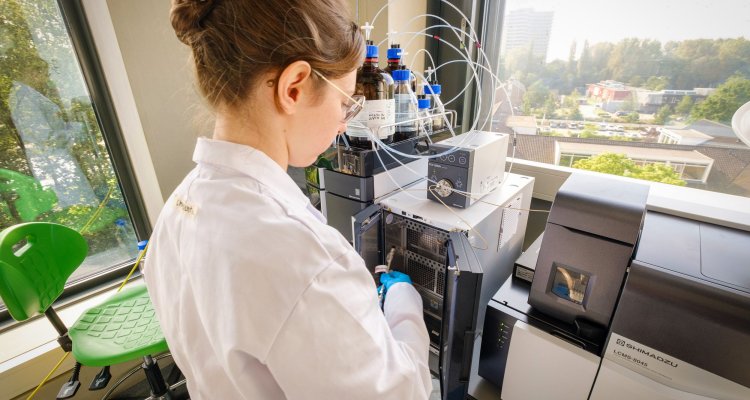
Toxicokinetics
Whether a chemical causes toxicity in an organism is dependent on what the chemical does to the body (a process referred to as toxicodynamics) and what the body does to the chemical (a process referred to as toxicokinetics). Indeed, a chemical may strongly inhibit the function of specific neurotransmitters in the brain, but if it is poorly absorbed and distributed to the brain, and metabolised and excreted quickly, the chemical will not reach the brain in sufficient quantities to cause neurotoxicity. Projects in this research theme develop and use new tools in tissue culture, computational modelling and analytical chemistry to understand and predict the extent to which chemicals in food and the environment accumulate in target organs like the brain, liver and kidney, as well as the developing foetus. This helps us identify species and individuals at risk of adverse health effects after exposure to a chemical or chemical mixture.
For all research projects in this theme, please see Research@WUR.
Relevant publications
-
Exploring the use of Artificial Intelligence (AI) for extracting and integrating data obtained through New Approach Methodologies (NAMs) for chemical risk assessment
EFSA Supporting Publications (2024), Volume: 21, Issue: 1 - ISSN 2397-8325 -
Use of Physiologically Based Kinetic Modeling to Predict Deoxynivalenol Metabolism and Its Role in Intestinal Inflammation and Bile Acid Kinetics in Humans
Journal of Agricultural and Food Chemistry (2024), Volume: 72, Issue: 1 - ISSN 0021-8561 - p. 761-772. -
Using in vitro data to derive acceptable exposure levels : A case study on PBDE developmental neurotoxicity
Environment International (2024), Volume: 183 - ISSN 0160-4120